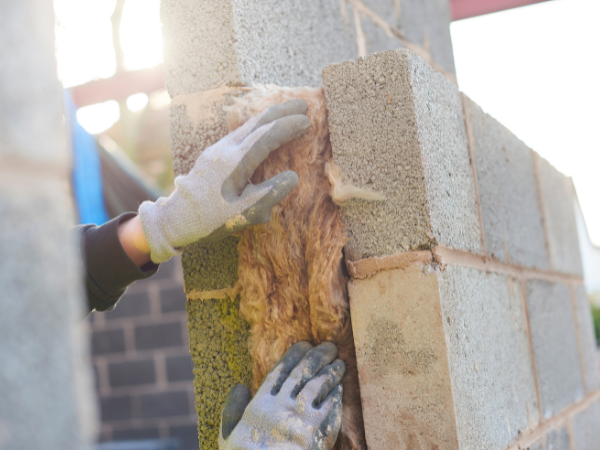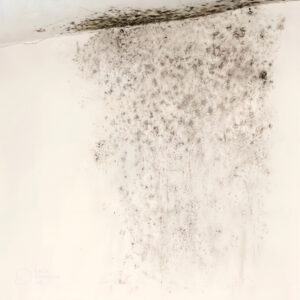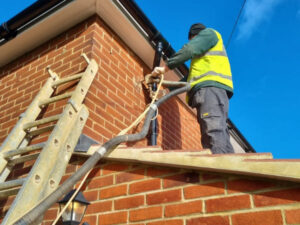When it comes to energy homes, cavity wall insulation plays a role. It not only improves the efficiency of a building but also contributes to environmental sustainability. In this guide we’ll delve into the types of cavity wall insulation available today shedding light on their unique characteristics and benefits.
Understanding Cavity Wall Insulation
Cavity wall insulation involves insulating the space or “cavity”, between the outer walls of a building. This insulation material helps prevent heat loss making homes more energy efficient. Let’s explore the options for cavity wall insulation and understand their advantages.
1. Mineral Wool Insulation
Mineral wool insulation, commonly known as rock wool or glass wool is a choice for cavity wall insulation. It consists of minerals like basalt or recycled glass spun into fibres. This type of insulation offers properties, soundproofing capabilities and is fire resistant.
2. Polyurethane Foam Insulation
Polyurethane foam insulation provides versatility with its resistance. Applied as a liquid it expands to fill the cavity creating a barrier against heat loss.
This particular kind of insulation also offers protection against moisture, which makes it a great choice for areas that are prone to dampness.
3. Expanded Polystyrene (EPS) Insulation
EPS insulation, also referred to as beadboard, is lightweight and easy to install. It consists of small polystyrene beads that interlock, forming a board. EPS insulation is known for its affordability. Can be used in both constructions and retrofitting existing buildings.
4. Extruded Polystyrene (XPS) Insulation
XPS insulation is a foam board with cells that provides resistance against moisture. It offers quality insulation and is resistant to water absorption making it an excellent option for areas susceptible to dampness or flooding.
5. Phenolic Foam Insulation
Phenolic foam insulation is highly regarded for its performance. It’s a board insulation made from formaldehyde resins. This type of insulation not only provides efficiency but also has a thin profile allowing for maximum insulation with minimal space requirements.
6. Injection Foam Insulation
Injection foam insulation presents an alternative where foam is injected into the cavities through openings. It expands to fill the space creating an airtight seal. This type of insulation proves useful in existing homes, with enclosed cavities.
7. Loose Fill Insulation
Loose fill insulation is composed of particles of insulating material, like cellulose, fibreglass or mineral wool. It is blown into the cavities using equipment. This type of insulation adapts to shapes. Is an excellent choice for insulating existing buildings.
8. Reflective Foil Insulation
Reflective foil insulation incorporates a layer of foil material that reflects heat. It is often used in combination with insulation types to improve thermal performance.
The Advantages of Cavity Wall Insulation
Investing in cavity wall insulation offers benefits. It does not reduce energy bills by minimising heat loss. Also creates a more comfortable living environment. Moreover cavity wall insulation contributes to reducing carbon emissions aligning with living practices.
Conclusion; Improving Comfort and Efficiency
To optimise a building’s energy efficiency it’s vital to choose the type of cavity wall insulation. Each type has its advantages catering to needs and budgets. By investing in quality insulation homeowners can enjoy an environmentally friendly living space while enjoying the term financial benefits of reduced energy consumption. Make sure to reach out to an installer to guarantee that the insulation is properly installed which will maximise its effectiveness. Take action now. Make your home more energy efficient!




